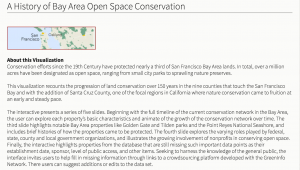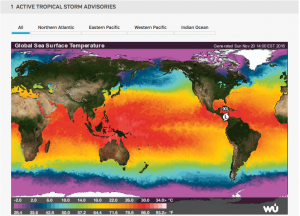
 http://web.stanford.edu/group/spatialhistory/cgi-bin/site/page.php?id=1
http://web.stanford.edu/group/spatialhistory/cgi-bin/site/page.php?id=1
This is the website for the Spatial History Project at Stanford University, a research project run by, “principle investigators,” like tenured faculty, visiting scholars, and graduate students in collaboration with staff, research affiliates, and collaborators. The goal of this project is twofold. First: to encourage these principle investigators to craft creative research questions and to use problem solving as a method of investigating these questions. In pursuance of this the Project encourages the use of technologies in novel ways and the creation of new custom technologies. The Project believes that the spatial analysis of all topics is helpful, and so, it is common practice for their teams to aggregate and then visually analyze both spatial and other data. Not every visual on the website has yielded a finalized conclusion or peer reviewed study, nevertheless each is useful. Their second main goal is to put out easily attainable, easily digestible data. In doing this, the Spatial History Project aims to invigorate other studies and to provide a broad knowledge base for anyone interested.
“Many of our visualizations are experimental and only a few eventually become final products. We embrace visualization as a way not simply to illustrate conclusions, but a means of doing research… All that we create — including tools, data, and lessons learned — is intended for the scholarly commons to be added to, subtracted from, reworked, and recombined.”

